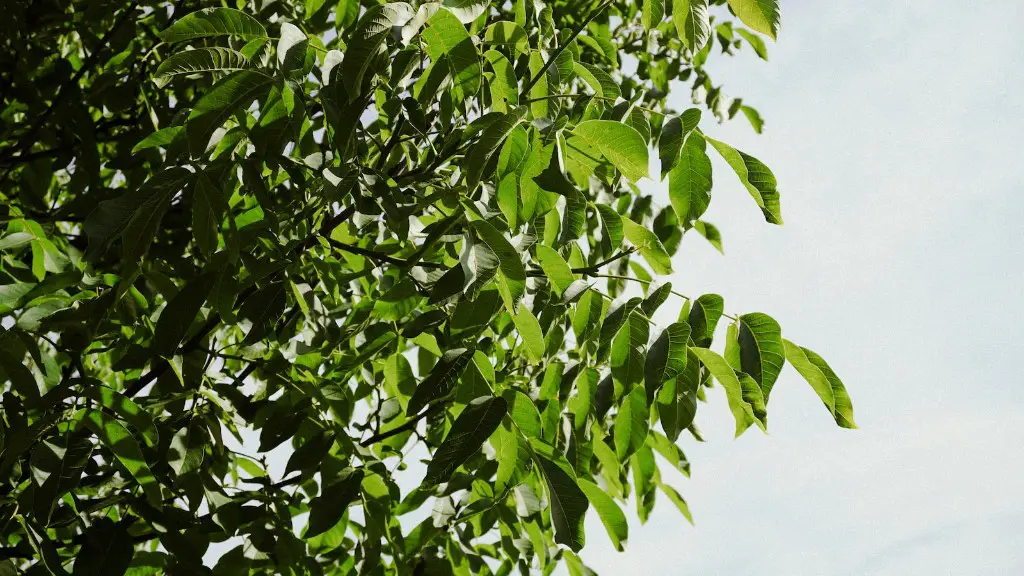Pollination Basics
Harvesting cherries comes first in the list of rewards for fruit growers. Pollination accounts for a significant part of success in cherry tree crops. The cherry tree needs to be pollinated correctly in order to flower, set fruit, and eventually produce cherries. If a flowering cherry isn’t pollinated correctly, the fruit won’t develop and therefore won’t be edible.
Pollination involves the transfer of pollen from one flower to another. Pollen is generally carried by the wind or by insects, but it is possible to hand-pollinate cherry trees if necessary. Unpollinated cherry tree flowers can eventually cause the fruit to abort so it is important to consider the best way to pollinate your cherry tree.
Pollination Through Wind
Cherry trees that are planted in large, open locations are more likely to be effectively pollinated by wind. Wind carries the pollen from one tree to the other, which increases the chances of successful pollination. Irregular winds can complicate this idea, so it is important to plant trees in large, well-ventilated areas.
Cherry tree flowers have a sweet, fragrant smell that attracts pollinators, this smell can be very helpful for pollination so if the flowers give off scents then it is likely that your cherry trees are self-fertilizing.
Pollination Through Insects
The most common way to pollinate a cherry tree is through insect pollination. Insects are attracted to the sweet smell of the cherry tree’s flowers, and they will then transfer the pollen from one flower to another. Bees are one of the most common pollinators, but you can also find other insects such as moths, wasps, and flies helping to do the work.
Insects are by far the most efficient way to ensure pollination of your cherry tree, but it’s important to remember that they can also introduce harmful pests and diseases to your plant. Properly maintaining the health of your cherry tree can help you avoid insect infestations, as well as ensure maximum pollination efficiency.
Hand Pollination
If you are tighter on space and unable to rely on wind or insect pollination for your cherry tree, it is possible to hand pollinate your cherry tree instead. Hand pollination is done by hand collecting pollen from the stamens in the male flowers, and transferring it to the stigmas of the female flowers. This method can be time consuming, so it is important to be aware of the limitations and take extra precautions.
The best time to hand pollinate your cherry tree is when the petals start to drop or when the flowers have just opened. Remove the petals carefully, but be sure to keep the stamens and stigma intact. Collect the pollen and spread it over the stigmas of the female blossom, but take care not to overfill the pollen, as this can lead to fruiting problems.
Birds, Bats & other Pollinators
Birds, bats, and even hummingbirds can also be effective pollinators of cherry trees. Not only can the birds and bats pollinate the trees, they can also be beneficial in controlling pests in the garden. Hummingbirds especially bring a wonderful element to the garden and are a great addition to help your cherry trees produce.
These birds help what the insects may miss and can play a significant role in efficient pollination. Birds also help in spreading the pollen from fruit to fruit, something that insects and wind cannot cover.
Choosing the Right Variety
The variety of cherry tree you choose can have a big impact on the success of pollination. You will need to consider the trees’ self-fertility, as trees that are not self-fertile will need to be planted in closer proximity to a self-fertile partner.
Self-fertile varieties are usually more reliable, as they are able to produce and set fruit without having a partner tree present. Self-infertile varieties, on the other hand, will need to be planted with a pollinator that is of the same species.
Cultivar Differences
The process of hand-pollination needs to take into account the type of cultivar you are using, as different types of cultivar require different methods of successful pollination. Sweet cherry bark cultivars need cross-pollination and should be planted near another variety in order to produce fruit.
Sour cherry cultivars are self-pollinating, so if you choose to grow sweet cherries it is important to consider whether you will need to use hand-pollination or will be able to rely on the wind or insects. Sour cherries generally produce larger yields of fruit with fewer pollinators.
Foliage and Other Effects on Pollination
Foliage around the cherry tree will impact pollination, as the growing foliage blocks the light, wind and movement of pollinators into the tree. Keeping the foliage at minimum level, especially during bloom season is important in order to ensure that the tree receives enough pollinators.
It is also important to consider that the state of the soil and any disease can worsen the chances of successful pollination and also make it difficult for crops to produce. Keeping your tree in optimum condition will increase chances for successful pollination.

